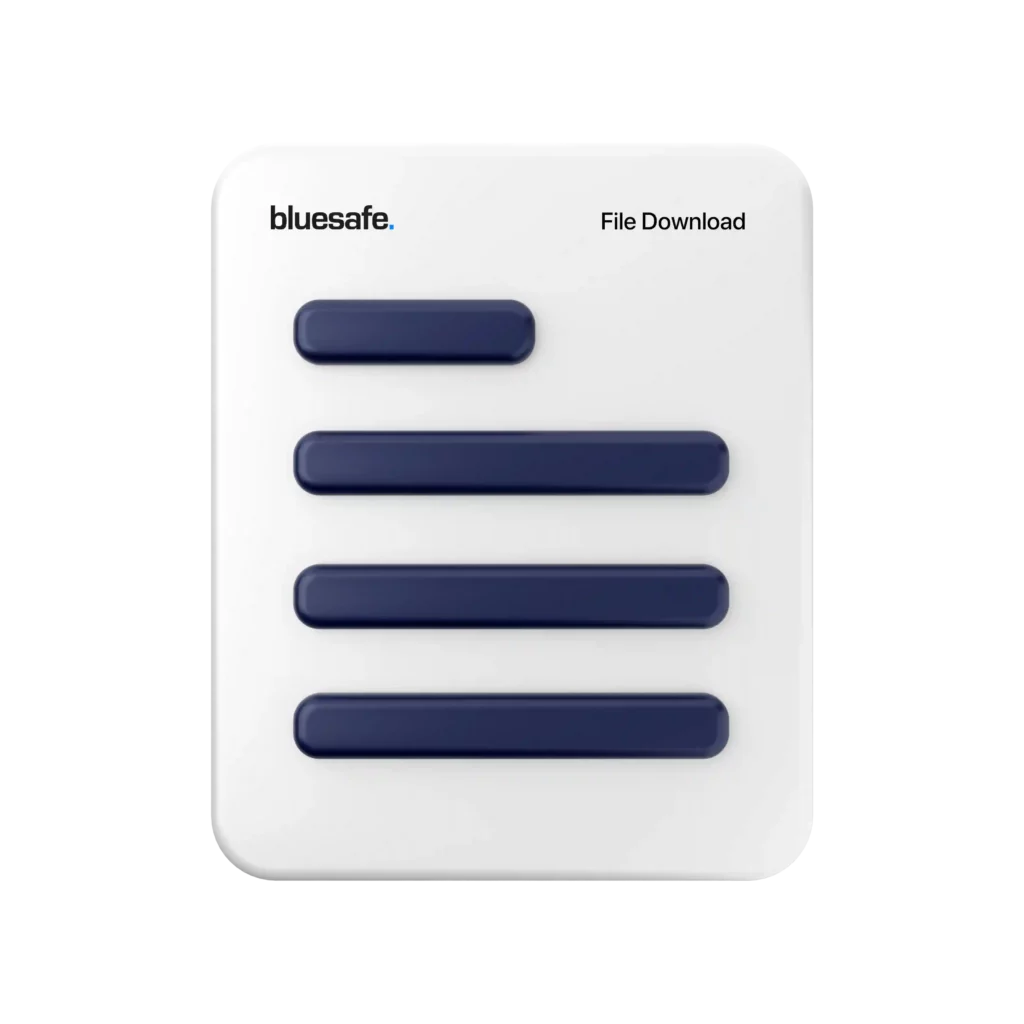Working with a dynamometer chassis can be an incredibly powerful tool for testing and improving the performance of engines and vehicles. However, it’s crucial to understand the potential dangers involved and take the necessary safety precautions to protect yourself and others.
First and foremost, it’s important to always wear the appropriate personal protective equipment (PPE) when working with a dynamometer chassis. This includes safety glasses, gloves, and protective clothing. You should also make sure that any loose clothing or jewellery is secured and that long hair is tied back.
Another critical safety consideration is proper ventilation. A dynamometer chassis can produce exhaust fumes that can be harmful if inhaled. It’s essential to ensure that the test area is well-ventilated and that you’re not breathing in any toxic fumes.
In addition to PPE and ventilation, it’s also essential to follow proper operating procedures when working with a dynamometer chassis. This includes making sure that the equipment is properly calibrated and that all safety features are functioning correctly.
It’s also important to keep the area around the dynamometer chassis clear of any debris or obstacles that could cause a tripping hazard. You should also make sure that all tools and equipment are properly stored when not in use.
When it comes to actually operating the dynamometer chassis, it’s critical to understand the potential risks involved. A dynamometer chassis can generate tremendous forces and heat, so it’s crucial to always follow the manufacturer’s instructions and never exceed the recommended load or speed limits.
It’s also important to be aware of the potential for sudden and unexpected movements or malfunctions, which could cause injury or damage to the equipment. Always be alert and ready to shut down the dynamometer chassis in case of an emergency.
Finally, it’s important to never work alone when operating a dynamometer chassis. Always have a trained and qualified operator nearby to monitor the equipment and be ready to respond in case of an emergency.
In summary, working with a dynamometer chassis can be a valuable tool for improving engine and vehicle performance, but it’s crucial to prioritised safety at all times. Make sure to wear the appropriate PPE, ensure proper ventilation, follow operating procedures, keep the area clear of debris, and never exceed recommended load or speed limits. Always be aware of potential risks and work with a trained operator. Stay safe out there, everyone!
Cheers,

![]()






